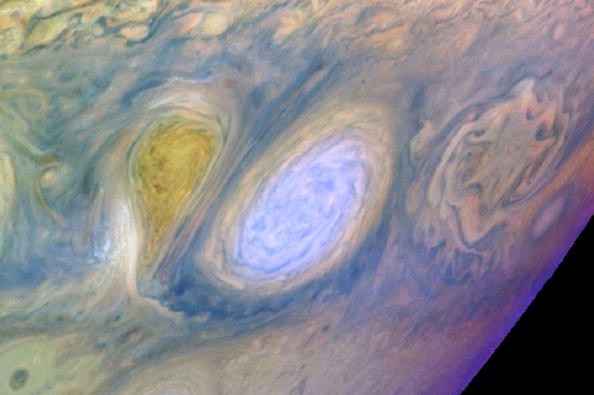Some rare exoplanet clouds were discovered using NASA's Hubble Space Telescope. These new clouds are floating in the atmosphere of an exoplanet called WASP-127b.

Related Article : NASA's Landsat 9 Satellite to Launch into Orbit on Sept. 27 After Liquid Nitrogen Shortage Delay
This world was first discovered by the IAC (Instituto de Astrofísica de Canarias) researchers back in 2018. The heavenly body is quite different from other exoplanets since it has a large size but less mass than Jupiter and other gas giants.
"First, as found before in this type of planet, we detected the presence of sodium, but at a much lower altitude than we were expecting," said the leading scientist from the iRExiREx/Université de Montréal and Université de Genève, Dr. Romain Allart, via Euro Planet Society's post.
Rare Exoplanet Clouds Appear on NASA's Data
According to Digital Trends' latest report, the rare clouds found on WASP-127b are quite essential since this exoplanet is one of the best candidates of various space experts, which they can observe to learn more about other planetary atmospheres.

Also Read : SpaceX Starlink Satellite Now More Than Just Broadband Internet Provider! New GPS Function Confirmed
This rare exoplanet is 1.3 times larger compared to Jupiter. However, its mass or density is only one-fifth of the Red Giant. On the other hand, it is also very close to its host star.
Because of this orbital situation, it only takes four Earth days to complete a full orbit. On the other hand, its surface can reach 1,100 degrees Celsius, making it as hot as Saturn.
Meanwhile, the clouds in its atmosphere are pretty unique since they don't have water droplets. Currently, involved space experts still don't have any idea what chemicals these clouds contain. This new space discovery was made possible thanks to NASA Hubble Space Telescope.
In other news, NASA announced its new ice-hunting moon rover called VIPER, which is expected to have a landing site this coming 2023.
How WASP-127b's Clouds Were Discovered?
Involved researchers explained that they combined the data generated by NASA Hubble Space Telescope together with the spectroscopy tool called ESPRESSO (Echelle Spectrograph for Rocky Exoplanets and Stable Spectroscopic Observations).
Thanks to these space technologies, they also identified other weird characteristics of WASP-127b, such as its unusual orbital plane.
For more news updates about exoplanets and other similar topics, always keep your tabs open here at TechTimes.
This article is owned by TechTimes
Written by: Griffin Davis
ⓒ 2026 TECHTIMES.com All rights reserved. Do not reproduce without permission.




